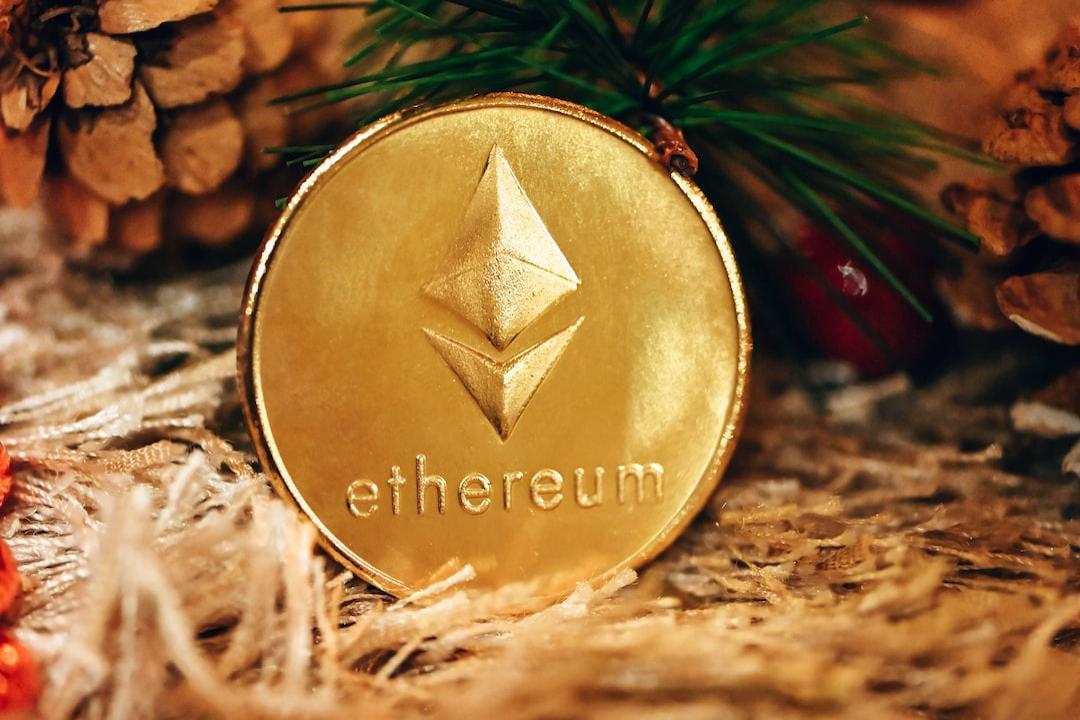The Three Golden Elements for the Meme Coin Launch
Lately, there has been a lot of discussion about meme coins, black box operations, and whale investors, so I’ve decided to provide some background information for everyone. Every token project that is directly launched on a decentralized exchange (DEX) without venture capital (VC) support has three crucial elements:
1. Development Team
2. Snipers
3. Whales (to be determined)
The complexity and overlap of these three elements vary depending on the token, but a good combination of all three is essential for long-term success.
Development Team
Every development team has a sliding balance between decentralization and organization. On pump.fun, for example, the development team may consist of just one person with a title. On the other hand, teams like $BONK are highly organized, consisting of the smartest active crypto traders on Solana. Both types of teams can perform exceptionally well, but their success also depends on the other two elements (snipers and whales).
Organized teams have the advantage of usually having a marketing budget and plans for future development, making their tokens more “practical” compared to Meme tokens that solely originate from pump.fun. A good example is bonkbot, which no other fully decentralized meme has a product like because they lack sufficient funds. Another example is $MEW, which was able to airdrop a large amount of tokens to all $BONK and $WIF holders. These teams can also easily reach out to market makers and quickly get listed on exchanges.
On the other hand, fully decentralized teams often start with lower market values as they initially lack strong capital support. These teams often form passionate communities in the early stages through extremely low initial costs and widespread distribution of supply. The best examples are $WIF and $MICHI, which had very low market values upon launch but had highly active communities. The risk with these coins is that, on average, they are more likely to fail early on because all snipers try to exit as soon as possible, without the support of whales or long-term interested teams.
Snipers
Honestly, I’m not the best person to discuss this topic in detail as I haven’t participated in early-stage sniper activities, but I know some people who have. For snipers, they usually don’t care about the project itself; they just want to get in early and exit if there’s enough liquidity. Many projects without well-organized teams fail because snipers buy a large number of tokens during the launch and immediately sell them, causing chaos in the price chart.
A good example is the ETHWIF derivatives launched a few months ago. Many wallets bought them immediately upon launch and sold them a few hours later, making six-figure profits.
90% of the tokens newly issued on decentralized exchanges (DEX) won’t exceed a market value of $5 million. The reason is that most of these development teams are anonymous and eager to make quick profits. This is also why the saying “CTO” (Community Take Over) is so popular, as development teams usually sell their tokens immediately.
Whales
Every token that grows from 0 to billions of dollars at some point needs whales to drive the price up. For memes, the community usually forms in the early stages. Once memes gain enough attention and viral spread, their market value surpasses $100 million. When they can consolidate above this market value, you will see larger players starting to enter because there is enough liquidity to build large positions. At the same time, early participants in these memes must hold on and not sell. Once they become whales, they are crucial for the long-term success of the project.
In summary, every token project has a team, with varying degrees of organization. Each token has snipers and whales, and a good combination of all these factors is necessary to achieve a market value of billions of dollars, whether they are the same participants or different ones.
Original Source: [link]

